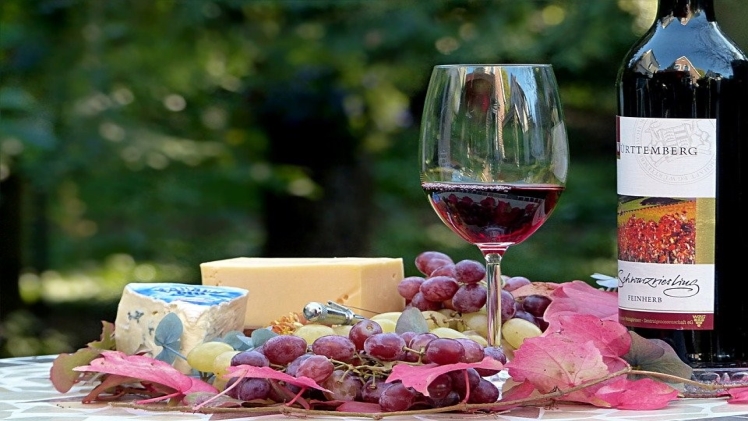Food and wine pairing is not an exact science, it is more of an art, as it is a subjective process leaving space for creativity. The aim is to enhance and balance the flavors of the food and the wine.
There are tried and tested methodologies, but instinct, personal taste, and experimentation are also important.
The Three Main Rules
In food and wine pairing, try to match the weight and texture of each component. Match the intensity of the flavors: rich meaty dishes call for rich full-bodied wines, whereas lightly flavored dishes pair best with more delicate light-bodied wines. Decide whether you wish the two to contrast or complement each other. The range of wines available is extensive and it’s best to check out your options on a site like Underground Cellar.
Tastes to Focus On
In food, there are more than twenty different taste categories but in pairing, you need only focus on these six: salt, acid, sweet, bitter, fat, and spice (piquant). In wines, there are three basic tastes: acid (as found in white, rosé, and sparkling wines), bitter (red wines), and sweet (sweet wines).
Congruent matching generates balance by enhancing shared flavors, whereas contrasting matching provides balance by opposing tastes and flavors. White, sparkling, and rosé wines create good contrasting pairings and more often than not, red wines create good congruent pairings. Many dishes are regional in origin, so that provides guidance when choosing the wine. If you are having a Tuscan pasta dish, choose a Tuscan wine to pair it with. The McLaren Vale Grenache indeed lives up to its internationally renowned status.
Some Examples to Consider
Remembering the rule of thumb that red goes with red, rich, bold-flavored meat and white with white meats like chicken and fish, it becomes easier to find a starting point. However, it is better to match the wine with the sauce rather than the meat.
Dry whites pair well with vegetables, starches, and fish. Rich whites should be paired with pork and chicken. Sweet white wines pair well with salty appetizers, rich desserts, and even spicy Asian or Indian dishes.
Light red wines pair well with leaner red meats, fattier fish, and earthy flavors like mushrooms and truffles. Medium red wines are fairly versatile and easy to pair. Bold reds pair well with decadent steaks and saucy barbecued meats (even chicken as here you are matching the marinade).
Dry rosé wines pair well with most cheesy dishes as the rosé has the acidity of white wine with the fruity character of a red.
Sweet sparkling wines pair successfully with fruity desserts while Brut Champagne and Cava are perfect with anything salty (like oysters, smoked salmon, shrimps, and sushi). Rosé Champagne can be paired well with a wide range of main courses like risotto.
Wine pairing can be the simplest thing or made very complicated, but the basics are pretty simple and at the end of the day it’s up to personal choice and taste. Do not be intimidated by this game: it is sensory and intellectual, so trust your instincts and enjoy the flavor festival.

